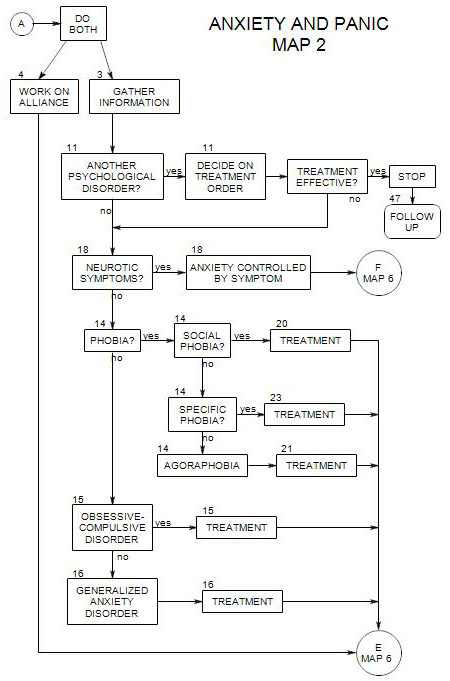Map 1B began the consideration of a variety of possible sources of a person’s anxiety and possible therapeutic responses to each. Map 2 continues this process.It begins with a reminder that effective treatment involves ongoing work on the treatment alliance [Section 4] as well.Next we gather some more information [Section 3] and begin to categorize the patient’s anxiety.There are many possible sources of anxiety, and the order we consider them is somewhat arbitrary, determined mostly by the patient tells his/her story and the issues we are attuned to in the session. Map 2 considers the following possible symptoms and sources:
- Other psychological disorders [Section 11] If another disorder is leading the person to be anxious, we may be able to treat that problem and relieve the patient’s anxiety in the process. In that case, we can stop. However, it may pay to have a follow-up [Section 47] at a later date, to be sure.
- Neurotic symptoms [Section 18]
- Phobias [Section 14] Treatments may differ for different kinds of phobias. Treatment of social phobia is considered in Section 20; treatments for specific fears are discussed in Section 23, and agoraphobia is discussed in Section 21.
- Obsessive-compulsive symptoms [Section 15]
- Generalized anxiety disorder [Section 16]
Although specific treatments are associated with some of these diagnoses and symptoms, there are some general treatment approaches as well. These are considered in .
